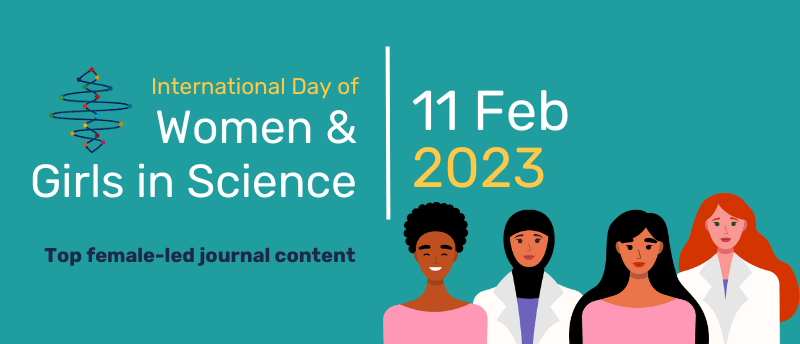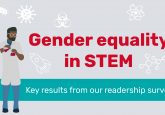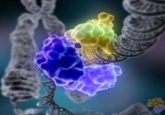International Day of Women and Girls: top female-led content from BioTechniques and more

To recognize the significant contributions made by women across the scientific community and to celebrate the International Day of Women & Girls in Science, we’ve compiled a list of outstanding articles from our BioTechniques, Nanomedicine, Biomarkers in Medicine and Future Microbiology journals. This collection was based on citations and readership from 2022. Be sure to dive into our handy list the next time you need some female-led research inspiration.
BioTechniques
Most cited articles
Western blotting of native proteins from agarose gels
A report outlining a new Western blotting method of native proteins from agarose-based gel electrophoresis using a buffer at pH 6.1 containing basic histidine and acidic 2-(N-morpholino) ethanesulfonic acid. View the paper here>>>
A report describing the use of optical coherence tomography (OCT) to track human skin equivalent epidermal thickness, and of algorithms that automatically quantify epidermal thickness to improve upon previous methods of processing OCT images. View the paper here>>>
A report detailing the use of a multitargeted loop-mediated isothermal amplification (MT-LAMP) assay targeting mpt64 (Rv1980c) and IS6110 designed to diagnose genitourinary tuberculosis (GUTB) cases. View the paper here>>>
Most downloaded articles
Western blotting: a powerful staple in scientific and biomedical research
A review of the steps involved in Western blotting, troubleshooting, and its applications in research and clinical settings. View the paper here>>>
Crystal violet staining is a reliable alternative to bicinchoninic acid assay-based normalization
A report detailing the use of crystal violet staining for normalization as a simple and rapid alternative to bicinchoninic acid (BCA) assays, which can be influenced by factors like incubation time and pH. View the paper here>>>
Nanomedicine
This study aimed to explain sudden infant death syndrome (SIDS)/sudden intrauterine unexplained death syndrome (SIUDS) via inorganic nanoparticles in the brain. View the paper here>>>
This study used nonodiscoidal bicelles to transport Tenofovir, an antiretroviral therapy for HIV-1 , across the blood–brain barrier. View the paper here>>>
Biomarkers in Medicine
A retrospective cross-sectional study found increased D-dimer was correlated with the persistence of post-acute sequelae of SARS-CoV-2. View the paper here>>>
Cell-free DNA as a solid-organ transplant biomarker: technologies and approaches
This review summarizes the use of cell-free DNA as a biomarker for detecting damage and/or rejection after solid-organ transplantation. View the paper here>>>
Markers of rejection of a lung allograft: state of the art
This review discusses biomarkers for detecting lung transplant rejection, with the hopes of identifying chronic lung allograft dysfunction at the earliest stage. View the paper here>>>
Future Microbiology
The authors isolated two lytic phages while using P. aeruginosa as a host and fully characterized the lytic phages. The efficacy of the lytic phages was assessed to investigate their potential in the biocontrol of P. aeruginosa. View the paper here>>>
Vaginal microbiome: considerations for reproductive health
Chopra et al. highlight the importance of ecologically stable vaginal microbiota and how changes in the microbiota can directly influence reproductive health. The paper goes on to discuss changes specifically in the vaginal region across multiple stages of a female lifecycle. View the paper here>>>
Be sure to share the work your colleagues are doing on February 11 using the hashtags #WomenInScience and #GirlsinScience and watch out for our coverage of International Women’s Day and International Day of Women and Girls in Science across the site.





